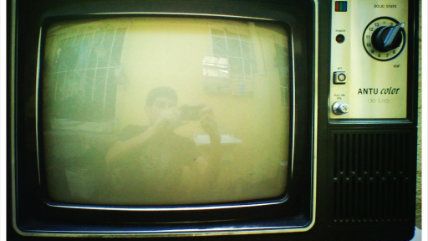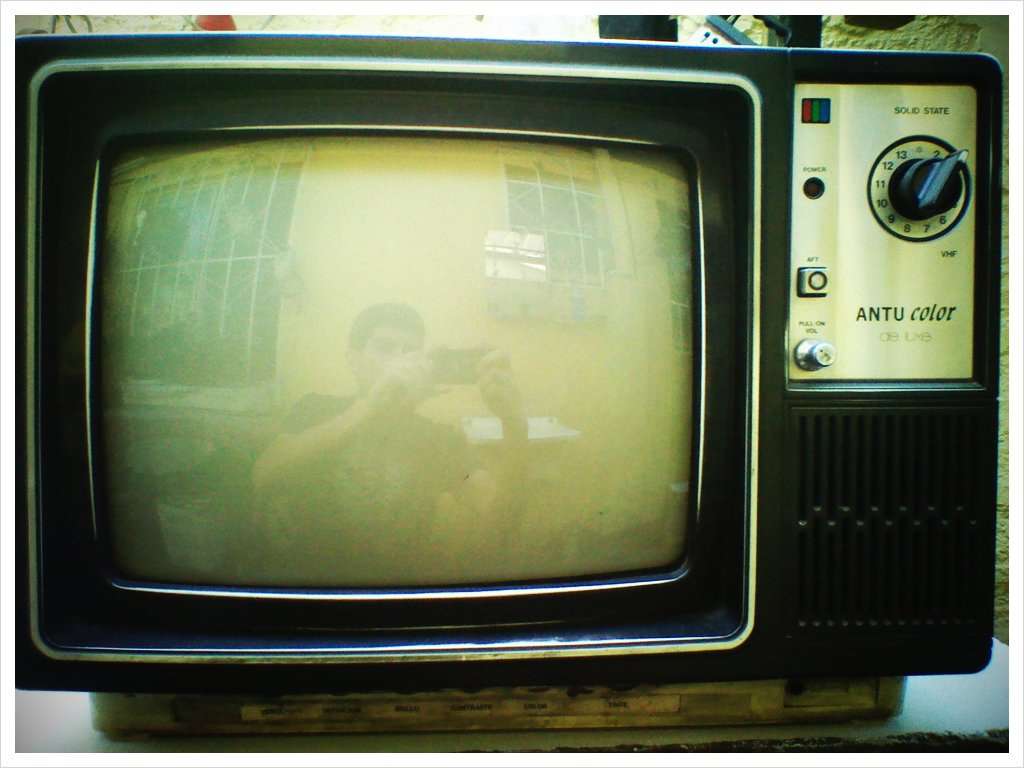FCC Meddles in Cable-Box Market. Is Streaming TV Next?
Can the FCC bring "choice" and "competition" to your TV? Don't count on it.


This February, the Federal Communications Commission (FCC) announced a plan to intervene in the cable set-top box (STB) market with its "Unlock The Box" proposal. The telecommunications regulatory body sings a libertarian tune in press releases about the program, extolling the virtues of "creating choice and innovation" and bringing "competitive solutions" to that dusty old cable box in your living room. But this is rather misleading. We are already witnessing a renaissance of competition and innovation in media distribution without the FCC's help. Reading between the lines, it appears the FCC is not primarily interested in STBs at all. Rather, the agency may be building a foundation to exert more control over online content services such as Netflix.
The lowly set top box has few fans. For years, many of us have begrudgingly forked over STB rental fees to our cable providers just to be treated to slow, unintuitive software and poor user experience. But because it was the only option we had, we grumbled and took it. That is, until the rise of online content provides such as Chromecast, Hulu, and Apple TV, provided an alternative. These newcomers won over consumers with their thoughtful user interfaces, ease of use, and lack of annoying rental fees.
It's not hard to understand why, after taking a quick comparison of their futuristic Roku device and their bulky set top box, some viewers decided to cut cable altogether and stick with the stick. Since 2002, cable TV operators lost around 15 million subscribers as tech-savvy consumers sought out more cutting-edge technologies. Thus, these technologies improved. This is the beauty of creative destruction. Cable companies were eventually forced to adapt and improve, too. For example, Comcast recently announced a new plan for its Xfinity TV service that will be compatible with streaming devices like Roku instead of an old-school set top box.
Contra the FCC, the popularity of streaming devices and services suggests that consumer choice and competition are already alive and well in the TV market. Notably, these market innovators are subject to virtually none of the Byzantine maze of regulations imposed upon satellite and cable distributors.
But there's evidence that the FCC aims to change this.
Consider the proposed "Unlock the Box" rule. A notice about it states that "multichannel video programming distributors"—MVPDs in the FCC's unwieldy parlance, a category that includes not just cable but also satellite TV and "Internet Protocol Television" (IPTV)—will be required to give third parties, including competitors in less-regulated industries, free access to "information streams" about device programming information, access controls, and content delivery.
In other words, the FCC will act as a free broker of trade secrets and even licensed media content among competing content distributors, including STB providers and video apps such as Netflix and Apple.
While the final rules are still taking shape, my Mercatus Center colleague Brent Skorup anticipates that "the FCC will require all MVPDs to transmit their TV content and programming information, which they've spent billions of dollars purchasing (and sometimes originating), to any video app maker or STB device maker that complies with whatever vague standards the FCC tells the industry to develop." It's a bizarre conception of "promoting competition," but the idea is that the FCC must force standardized content sharing so third parties can gain market-share over MVPD-provided STBs.
This isn't the first time that the FCC has attempted to stimulate competition in the STB market. In 1998, the FCC promulgated new rules dictating how cable companies could design STBs. In particular, this "integration ban" prevented cable providers from providing devices that regulated content access and certain security functions. The industry managed to comply with this odd rule by developing an extra device called a "CableCARD" that could be inserted in televisions to separately serve the same function. One industry group calculates that this initiative has needlessly cost consumers $1 billion since 2007.
After one stubborn decade, the FCC finally admitted that the rule "raises the cost of set-top boxes for cable operators," which stifled opportunities to transition to all-digital systems. Meanwhile, the rule did not produce any noticeable improvement in competition. The integration ban was quietly repealed in 2014.
In spite of such FCC bungling, consumers today enjoy a wide range of content distribution options to fit their taste and budget. This new FCC move to direct the future of the STB marketplace is therefore curiously timed. If the market is already well on its way toward overcoming the problem of STB competition without an intervention, why should the FCC move to intervene?
As Skorup has documented, the FCC has a long and colorful history of fashioning new rationales for increasing its authority with each new wave of technological advancement. Since its genesis as the Federal Radio Commission in 1927, the body has grown from a targeted organ to license radio broadcasts into a Soviet-style planning board with expansive powers over most major telecommunications operations in the United States.
The FCC has consistently re-interpreted its charge to operate for "the public interest, convenience, or necessity" to secure considerable control of telephone, cable, broadcast, and satellite operations over the decades. Its recent net neutrality rule further expands its reach into online operations as well. And the STB rule may end up "unlocking" more than one box: It could provide an initial pathway for the FCC to regulate the booming ecosystem of TV apps and Internet-delivered TV.
It is easy to see how "unlocking the box" would benefit certain media distributors in Silicon Valley over traditional cable providers. Internet-based companies would now have access to a key revenue generator of traditional cable companies without incurring most of their costs. Companies like, say, Google and Apple could therefore make money by selling advertisements for media content for which they did not procure costly licenses to broadcast. No wonder the cable companies are crying foul.
Legacy television providers are not without their share of anti-competitive sins, having enjoyed monopoly rights and regulatory protections at various points in the past. But the prospect of intentional regulatory sabotage of an entire industry should concern even the most ideologically-motivated cord cutter.
Even companies who would ostensibly benefit from this action are sounding the alarm on potential FCC malfeasance. The founder and CEO of Roku took to the Wall Street Journal to explain how the Unlock th Box plan could ultimately backfire in the form of increased costs for consumers. Consumers and providers alike would be best served by a policy environment that allows real competition and innovation—not government-directed industrial colonization.
Ironically, the companies that initially benefit from this new FCC focus may soon find themselves within the regulatory crosshairs. How long will it be until the FCC looks to regulate online video platforms and applications like the rest of its portfolio? If the agency's history is any guide, this outcome is unfortunately quite likely.


Show Comments (51)